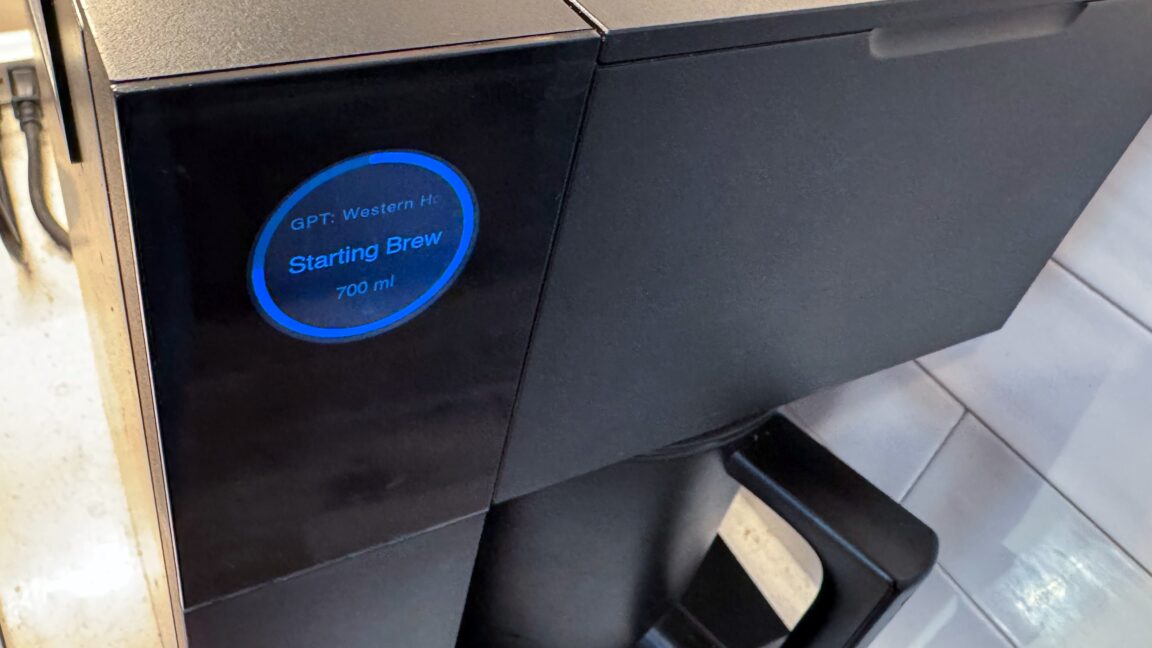Introduction to Track
The whole vision behind Track, according to Veritone CEO Ryan Steelberg, was to assist in identifying criminals or malicious behavior when facial recognition is not legally allowed. This technology allows for tracking individuals even when their faces are obscured or not visible.
How Track Works
The product has drawn criticism from the American Civil Liberties Union (ACLU), which warned that it raises many of the same privacy concerns as facial recognition but also introduces new ones. Veritone demonstrated Track’s capabilities by analyzing people in footage from different environments, including the January 6 riots and subway stations. The tool can be used to find people by specifying attributes such as body size, gender, hair color and style, shoes, clothing, and various accessories. It can then assemble timelines, tracking a person across different locations and video feeds.
Features and Capabilities
Track can be accessed through Amazon and Microsoft cloud platforms. The number of attributes it uses to identify people will continue to grow. Although it currently operates only on recorded video, the company claims it is less than a year away from being able to run on live video feeds. Agencies using Track can add footage from police body cameras, drones, public videos on YouTube, or citizen upload footage from Ring cameras or cell phones.
Concerns and Criticisms
The ACLU has expressed concerns about the potential misuse of this technology, particularly in the context of the Trump administration’s push to increase monitoring of protesters, immigrants, and students. Jay Stanley, a senior policy analyst at the ACLU, noted that Track is the first product to make broad tracking of particular people technologically feasible at scale. The company expects the technology to come under scrutiny in court cases but hopes it will be used to exonerate people as much as it helps police find criminals.
Expansion and Growth
The public sector currently accounts for only 6% of Veritone’s business, but it is the company’s fastest-growing market, with clients in several states, including California, Washington, Colorado, New Jersey, and Illinois. This rapid expansion has started to cause alarm in certain quarters, with many expressing concerns about the potential consequences of this technology.
Conclusion
In conclusion, Track is a powerful tool that raises important questions about privacy, surveillance, and the use of technology in law enforcement. While it has the potential to be a valuable asset for police, it also poses significant risks to individual rights and freedoms. As this technology continues to evolve and expand, it is essential to have a nuanced and informed discussion about its implications and consequences.
FAQs
- What is Track, and how does it work?
Track is a technology that allows for the tracking of individuals in video footage without using facial recognition. It uses attributes such as body size, gender, hair color, and clothing to identify people. - What are the concerns about Track?
The main concerns about Track are related to privacy and the potential for misuse. Critics argue that it raises many of the same privacy concerns as facial recognition and introduces new ones. - Who can use Track?
Track is currently available to law enforcement agencies and other organizations that have access to video footage. - Is Track available for live video feeds?
Not yet, but the company claims it is less than a year away from being able to run on live video feeds. - What is the ACLU’s stance on Track?
The ACLU has expressed concerns about Track, noting that it is the first product to make broad tracking of particular people technologically feasible at scale.











